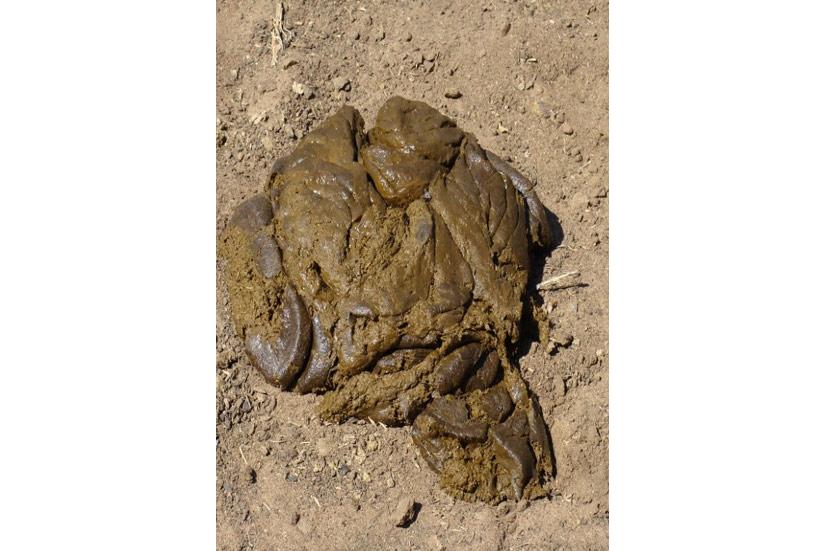
Introduction
As winter approaches fast or in some parts it has already arrived, a change from a phosphate lick to a high protein lick is needed. The changeover period is a crucial part of ensuring that animals in production do not lose body condition. Losing body condition at the beginning of the dry season will force a producer to spend valuable capital later in the season to recover the lost weight.
Pasture and the storage of reserves
As perennial grass species starts to go dormant when seed forming is initiated, the plant produces more nutrients than needed and these nutrients are moved to the storage structures of the plant. -
Pioneer grass which is usually dominant in weak pastures, store their reserves in the seeds. Pioneer grass is focused on producing as much seed as possible to try and stabilize the area which has regressed following drought conditions. Pioneer grass is not focused on leaf production and thus they are not optimal for animal nutrition.
In contrast, perennial grass species store reserves in the stubble at the crown of the plant and the root base. The growth reserves are also stored in the leaves of the plant in the growing period. Perennial grass will also grow again from the crown in the next season.-
Therefore pastures turning yellow is an indicator that the pasture has become mature and dormant, but before this has happened a producer should have switched from a phosphate lick to a high protein lick because the plant nutrients were already being translocated and stored either in the seeds or roots depending on the type of grass. These mature pastures are already less digestible and extra protein must be supplemented to help microbial protein synthesis and to unlock the energy potential within these mature pastures.
Indicators for changing supplementation
Forage quantity and the quality of forage available can help a producer in deciding when to change from phosphate supplementation, such as Feedmasters’ Futterfos to a high protein concentrate such as Cattle Lick 40 or Eco Grassveld Lick. Manure is a very useful indicator in deciding when to switch from a phosphate lick product to a protein lick. Manure scoring can indicate the quality of nutrition a cow has had in the past three days. Body condition score will only indicate the nutritional history of the past several weeks to months. By the time a producer notices that the condition of the cattle has been affected it will be too late.
Manure is scored on a 1 to 5 basis, with a score of 1 being very fluid and 5 being extremely dry and segmented.
A manure score of-1-is of a cream soup consistency. It can indicate a highly digestible ration that contains excess protein, carbohydrates, minerals, and low fiber. In some cases also a high moisture content.

Score-2: This type of manure doesn’t stack and will lack consistency. The manure has the consistency of cake batter. Excess protein, carbohydrates, and low fiber characterize the diet. Manure at this stage moves quickly through the digestive tract.-

Score-3: This is the ideal form and will typically start to take on a normal pat form. The consistency will be like a thick batter. The rate of passage will be ideal in this stage for nutrient absorption.

Score-4: The manure is thick and starting to become somewhat deeper yet is not stacking. The consistency of the manure will be more equivalent to peanut butter. The manure indicates a lack of degradable rumen protein, excess low-quality fiber, and low amounts of carbohydrates in the diet.

Score-5: Is the highest score when evaluating manure, this is also the score that the producer would want to prevent. Manure that scores 5 when evaluated is done have the following characteristics:
- Manure is very firm, stacks high, segments are clearly defined and very dry. This manure indicates that cattle are eating a poor-quality forage or to be more precise forage that 4+
- has started to store their reserves for the following season.
- The forage at this stage will have insufficient protein for the microbes in the cattle’s stomach, carbohydrates will also be in short supply. All the following characteristics will lead to a considerably slower rate of passage, this will to lead nutrient deficiencies and excessive loss of body condition.

Conclusion
Producers must switch from a phosphate lick to a protein lick at the right time to prevent the loss of body condition. Cattle entering the dry season with a good body condition score will maintain body condition and recover faster as soon as the next rainy season starts. The cattle will be ready to mate sooner, and calving percentage will be positively impacted. Traditionally the change of lick supplementation takes place from April to middle May, but this is dependent on the amount of rain received in the rainy season.
